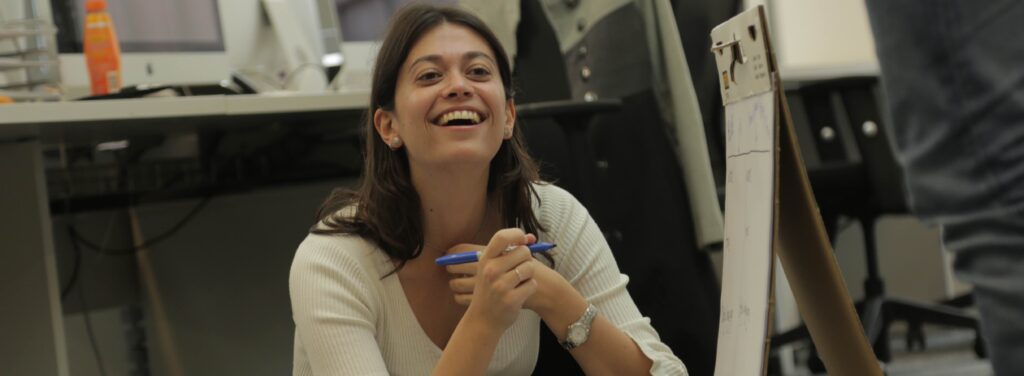What came first: the frustrated customer or the frustrated employee?
We think we’ve got the answer.
With developments in technology, the role of the front-line is changing. But, the companies who are excelling in service today know that the ultimate customer experience balances both online and offline interactions. The secret to this equilibrium is engaged employees whose enthusiasm for their organisation rubs off on your customers.
Here are 3 ways that your people help to make your customer experience memorable:
- They are the experience
Your employees represent your brand. Customers experience your brand through your people, as well as the products or services they buy. So, in many ways, your people are your customer experience, and their engagement is contagious.
Technology is rapidly being harnessed to improve customer experience across sectors. As automation and digitisation make customer interactions more seamless than ever, the role of front-line staff is evolving. The front-line of today and tomorrow needs expertise, problem solving and emotional intelligence – these are the skills that machines will struggle to harness to create exceptional customer experiences.
While technology can perform a range of functions and tasks, there are some things that only humans can provide. When we do interact with humans, our expectations have evolved from those of the past.
- They bring their humanity
There’s no doubt that we are becoming more and more used to interacting with technology. In the United Arab Emirates, for example, over 80% of consumers prefer engaging with artificial intelligence to human interaction, and this number is set to rise as automation continues.
But, what about when things go wrong? How many of us have been put on hold by an automated customer service helpline – and how many of us have pulled our hair out in frustration?
Service breakdowns are the true test of customer experiences. They require high levels of patience and emotional intelligence, and when it comes to high urgency situations, AI can’t replicate human empathy.
One example of an organisation that is leveraging its human capital to turn around service breakdowns is American Airlines. This year, the airline has launched a programme that allows flight attendants to award frequent flyer miles to passengers when they experience problems. This way, attendants can resolve situations immediately by taking action – and customers get off the plane feeling good about their experience.
This type of responsive, authentic service cannot be automated, and it can’t be scripted. The humanity that people bring to the customer experience is essential – and it makes the difference in those moments that make or break customer loyalty.
- They’re your eyes and ears
Everyone wants to feel like they’re making a difference – otherwise, what’s the point in showing up to work every day? For your front-line, engagement comes from empowerment and a shared sense of purpose. When employees are empowered to make a difference, organisations benefit from their creativity, expertise and innovation.
Your front-line knows your customers best. They interact with them day in, day out. They are likely to know which products work, which are less popular, and why. Using your front-line employees as the eyes and ears of the business, regularly reporting customer needs and feelings up to senior leaders leads, can be a real game-changer for your organisation.
When the feedback loop is maintained, everyone wins – employees feel valued and empowered, while businesses gain crucial customer insights and innovations.
We may not know whether the frustrated customer or the frustrated employee came first, but we do know that they’re inseparable. If you want to engage your customers, then you’d better start looking at your employees, and finding ways to help them help you create memorable experiences.
